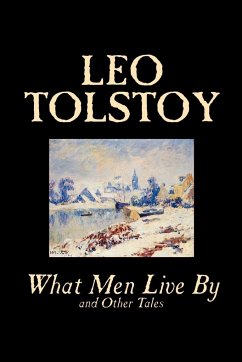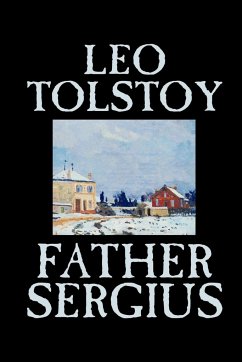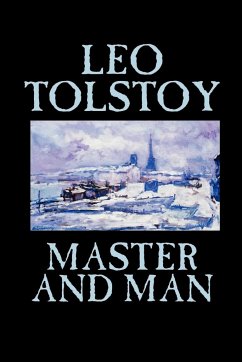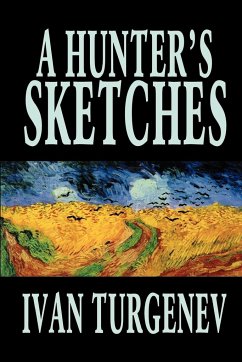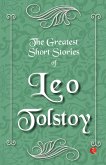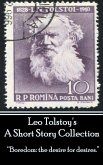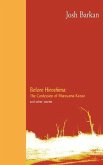Looking up, he saw something whitish behind the shrine. The daylight was fading and the shoemaker peered at the thing without being able to make out what it was. "There was no white stone here before. Can it be an ox? It's not like an ox. It has a head like a man, but it's too white; and what could a man be doing there?" He came closer, so that it was clearly visible. To his surprise it really was a man, alive or dead, sitting naked, leaning motionless against the shrine. Terror seized the shoemaker, and he thought, "Some one has killed him, stripped him, and left him there. If I meddle I shall surely get into trouble."

